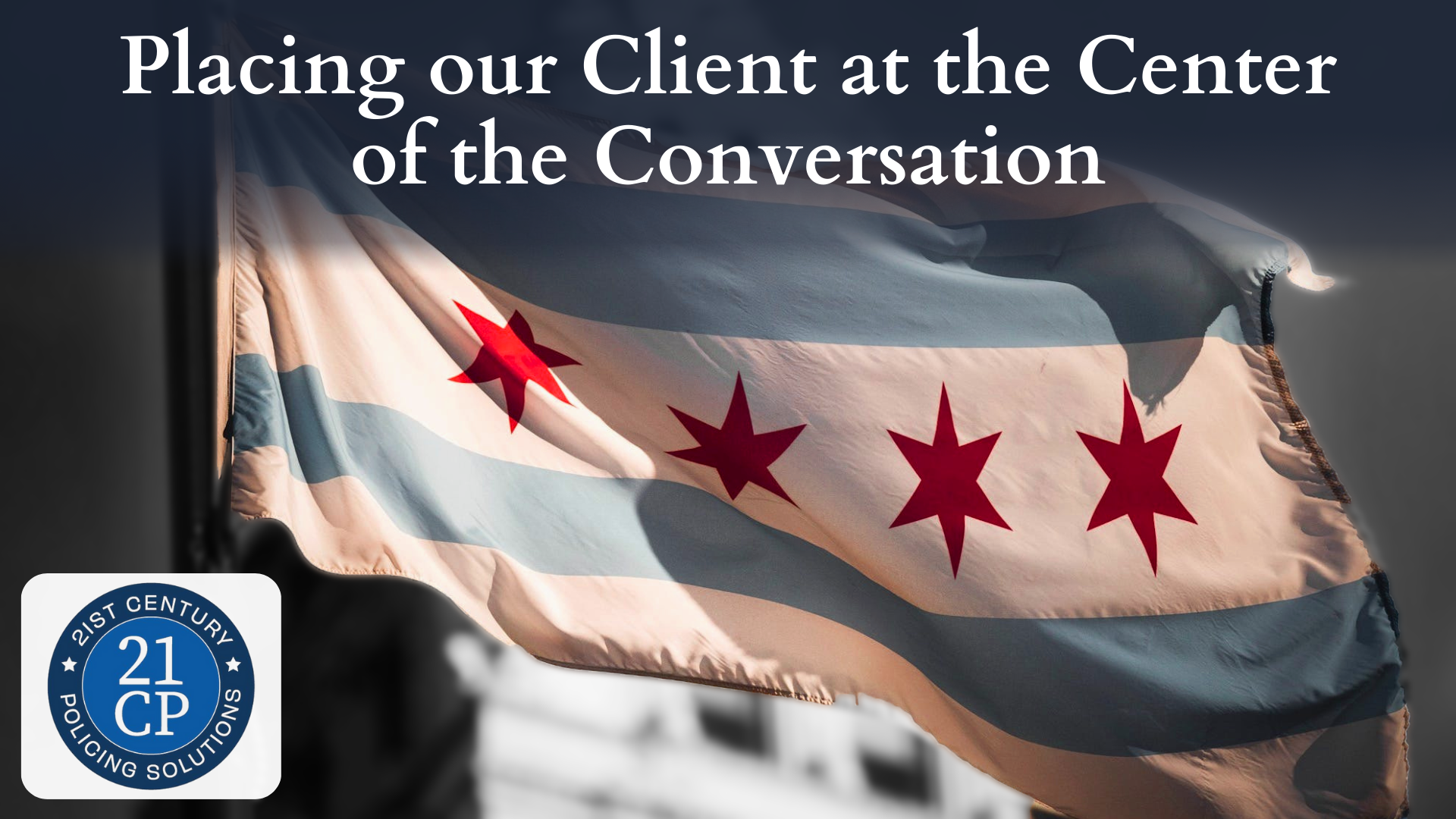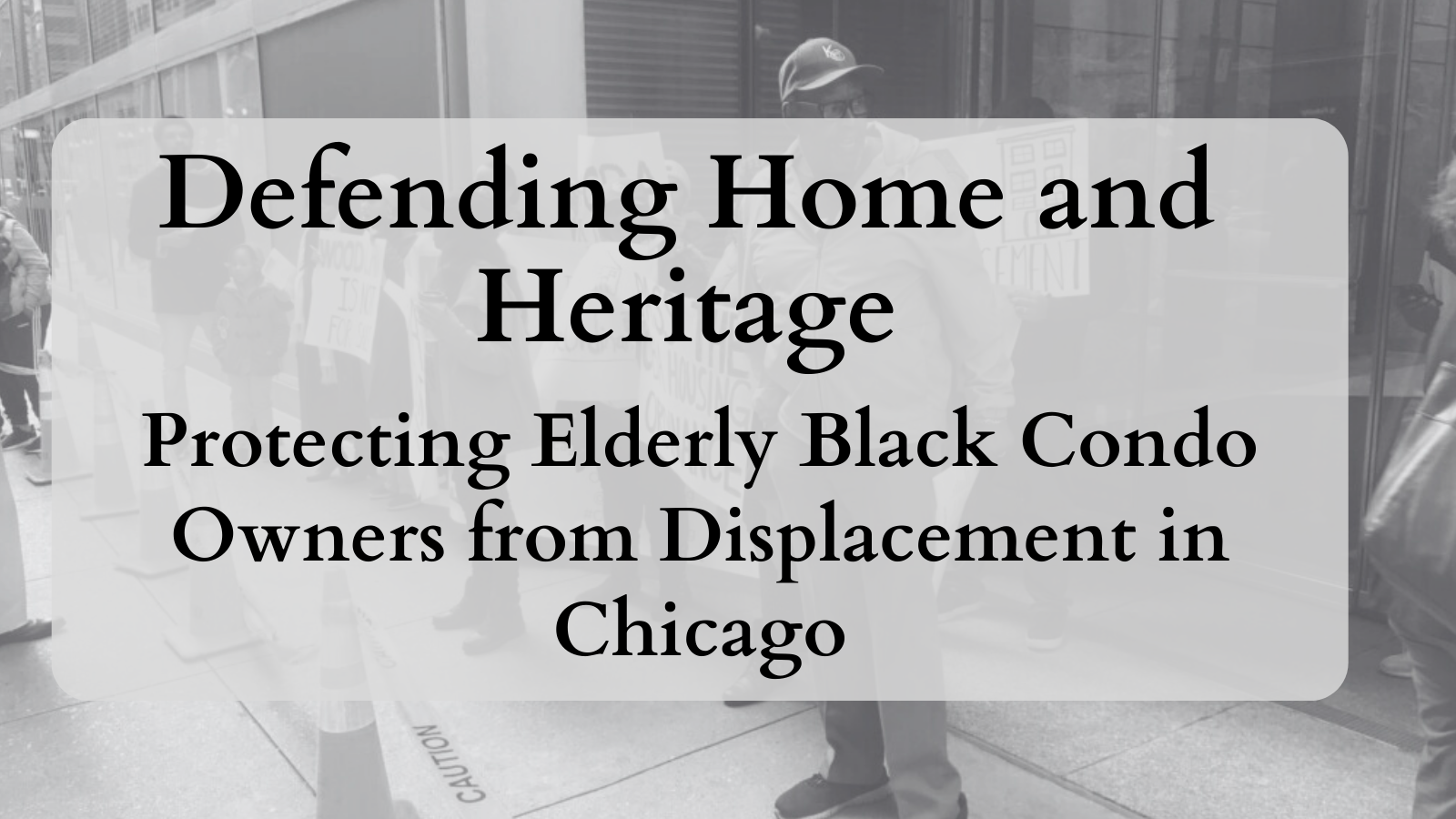JEWISH REFUGEES & SHANGHAI EXHIBIT OPENS IN CHICAGO AS PART OF 3-CITY U.S. TOUR

Exhibit Demonstrates Cross-Culture Collaboration In China During Holocaust
Download AJC Chicago Press Release [PDF]
CHICAGO – A national exhibition entitled “Jewish Refugees and Shanghai,” portraying the story of European Jews’ immigration to Shanghai during the Holocaust, opened in Chicago at the James R. Thompson Center beginning Monday, October 21st. Co-hosted by American Jewish Committee (AJC) Chicago regional office and the Shanghai Jewish Refugee Museum, the exhibition is part of a three-city United States tour, traveling from New York City to Chicago to Los Angeles.
“Jewish refugees finding a safe haven in Shanghai in the 1930s and 1940s is a fading story in history but an important example that bears contemporary significance and demonstrates principles of humanity, courage and peace,” said Chen Jian, curator of Shanghai Jewish Refugees Museum & director of Shanghai Hongkou District Foreign Affairs Office. “It is our hope that by sharing this history, people from all walks of life will better understand the Chinese people and promote love and tolerance across the world.”
The exhibit will run from Monday, October 21st through Friday, October 25th, 2013 at the James R. Thompson Center Atrium. The exhibit is free and open to the public from 8 a.m. to 6 p.m.
“For more than one hundred years, AJC has built bridges of understanding to ensure the security of the Jewish people and minorities worldwide. This incredible story of the open arms and friendship the people of Shanghai extended to Jewish refugees provides a model for humanity,” Amy Stoken, American Jewish Committee (AJC) Chicago regional director. “The Jewish Refugees and Shanghai exhibit provides a powerful and inspirational glimpse of Shanghai in our history’s darkest hours and serves as a conduit for fostering dialogue, respect and cross-cultural collaboration between Chicago’s Jewish and Chinese communities.
We often say ‘Never again, cannot be something we just say – it has to be something we do,’ well during the Holocaust, the people of Shanghai did do something about it – saving generations and inspiring millions.”
The week-long exhibition kicked-off with an opening ceremony and panel discussion followed by a private reception featuring one-time “Presidential Hopeful” and former U.S. Ambassador to China, Governor Jon Huntsman. The panel reflected on the causes and effects of Jews finding safe refuge in Shanghai during the Holocaust years in the 1930s and 1940s. Panelists for the opening discussion included: Linda Frank, author, panel discussion moderator; Chen Jian, curator of Shanghai Jewish Refugees Museum & director of Shanghai Hongkou District Foreign Affairs Office; and Steve Hochstadt, treasurer, Sino-Judaic Institute, professor at Illinois College in Jacksonville, Ill. and survivors of the Holocaust.
SHANGHAI OFFERS MODEL OF HUMANITY
During the 1930s and 1940s, many countries weren’t able to open their borders to Jews trying to escape persecution, but Shanghai offered shelter to an estimated 18,000 Jewish refugees between 1933 and 1941. Shanghai was among the Chinese cities occupied by Japan, a wartime ally of Nazi Germany, but together, the Chinese people and the Jewish refugees defended themselves from the Axis powers, supporting each other through difficult times for both cultures.
At a time of such adversity, the Shanghai people displayed examples friendship and compassion toward the Jewish refugees. These acts not only demonstrated an example of tolerance, but a model for humanity and as such, several foreign governments have declared the Jewish Refugees and Shanghai exhibition to be part of a bigger friendship city program.
After the Pacific War began in 1941 and Japan occupied Shanghai, the Japanese sent “stateless refugees” to be housed in what became referred to as the “ghetto”, which led the local Chinese people to become even more emotionally and culturally connected with the Jewish refugees. Although life was tough for refugees in Shanghai, the city gave them an incomparable sense of security.
Jewish refugees stated in interviews, now part of the Museum collection, that there was never a sign of anti-Semitism on the part of the Chinese people, only a demonstration that seemingly divergent people can get along and recognition that Chinese and Jewish people share the same values and keen regard for the family. The community survived the Holocaust and WWII through teamwork, global support, and friendship between the Jewish and the Chinese people.
ARTIFACTS ILLUMINATE & PRESERVE MEMORY OF JEWISH & CHINESE RELATIONS
Over the past three years, the Jewish Refugees and Shanghai exhibition has presented the little-known history of Jewish refugees in Shanghai to people in Hamburg, Berlin and Hannover, Germany; Haifa, Beersheba and Jerusalem, Israel; and now in the USA via New York, Chicago and Los Angeles.
The exhibit documents the life of refugees from their challenging passage to Shanghai to their departure following the end of the war as many re-united with their families. Through 2,000 minutes of video interviews of former Jewish refugees as well as more than 1,000 photographs and 200 physical relics, the Jewish Refugees Museum collection illustrates the history of the extraordinary personal life stories of the refugees’ adaptation to Shanghai and their relationships with the Chinese people including:
- Relief they received as refugees;
- Details of their settlement including: housing conditions; development of small businesses like cafes, delicatessens, nightclubs; assuming occupational roles such as teachers and dentists;
- Education of children, as well as technical and professional training;
- Newspaper and magazine development for disseminating communications; and,
- Participation in arts and sports that enhanced the spiritual and cultural life during adverse times.
Further artifacts in the exhibit outline how life changed for the refugees after the Pacific War began in 1941 and stateless refugees were sent to be housed in the “ghetto”. The exhibit reveals that despite their painful life, the Jews who had been forced into such circumstances strived to improve living conditions and maintain their cultural identity.
- Media Alert (PDF)
- Press Release (PDF)
- AJC Client Testimonial (PDF)





